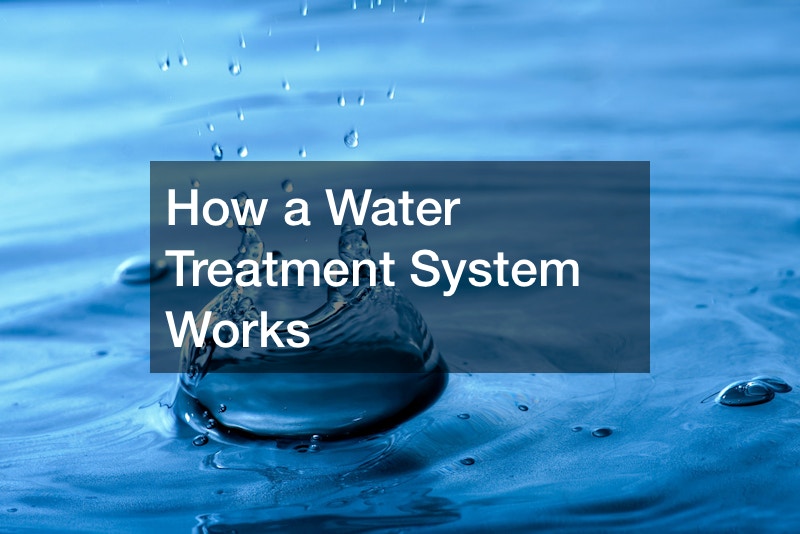How a Water Treatment System Works

A water treatment system is crucial for having safe drinking water. The process begins with water intake from a source, including a lake, river, or groundwater well. The water is then transported to a treatment plant through pipes or channels.
Once at the treatment plant, the water goes through coagulation and flocculation processes. Chemicals like aluminum sulfate or ferric chloride are added to the water to create tiny, sticky particles called floc. These chemicals help to clump together impurities such as dirt, sediment, and bacteria.
After coagulation and flocculation, the water moves to sedimentation basins. This sedimentation process allows the heavy particles to separate from the water. The clear water on top then undergoes filtration to remove any remaining particles and impurities.
To eliminate harmful microorganisms, the water is disinfected. Chlorine or other disinfectants are commonly used to kill bacteria, viruses, and parasites that may be present in the water. In some cases, the pH of the water may need to be adjusted to meet regulatory standards or enhance the taste. Additionally, chemicals such as fluoride may be added to promote dental health, or other substances may be introduced for specific treatment needs.

Once treated, the water is ready for consumer distribution. It’s stored in water tanks or reservoirs before distributing to homes, businesses, and other facilities. A water treatment system ensures the delivery of clean and safe drinking water. These systems are designed to meet stringent quality standards.
For more information on how a water treatment system works, please review the attached video.


